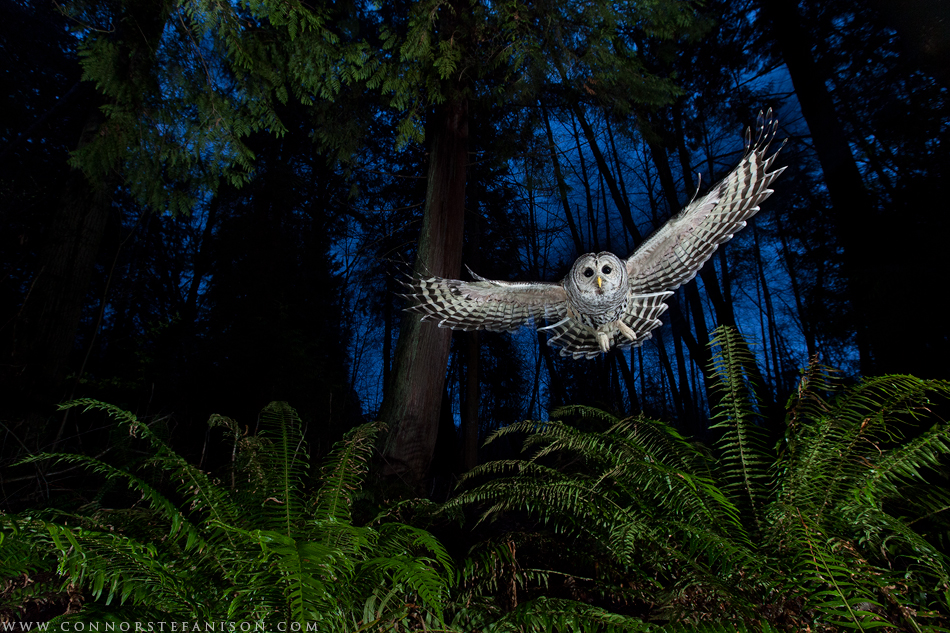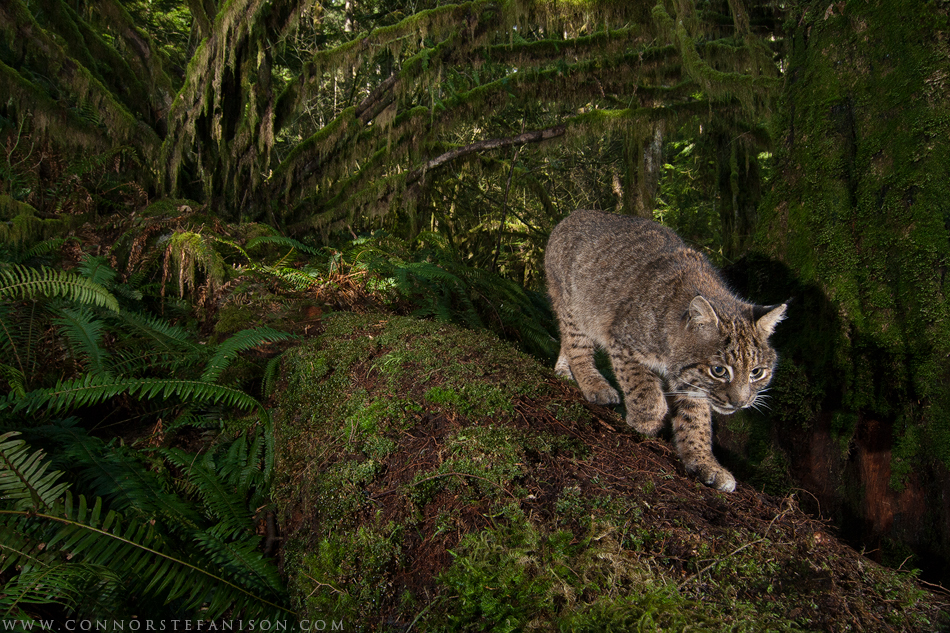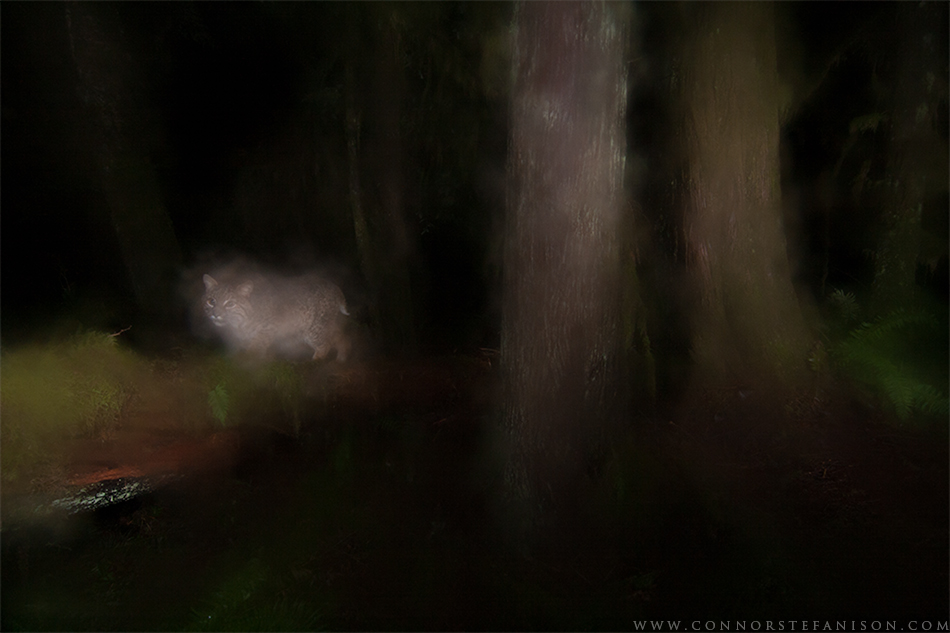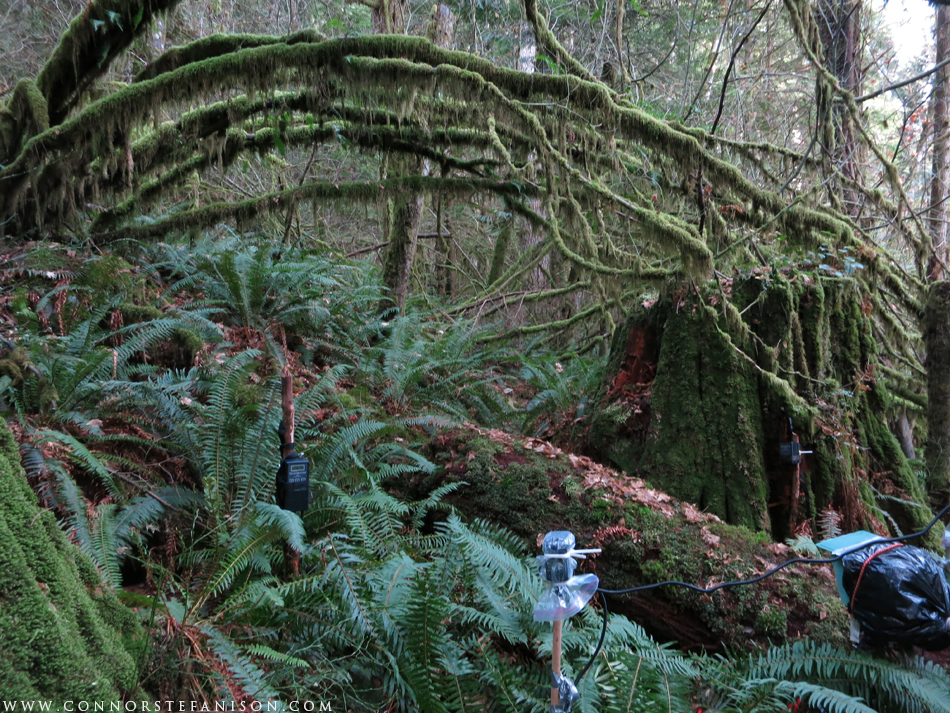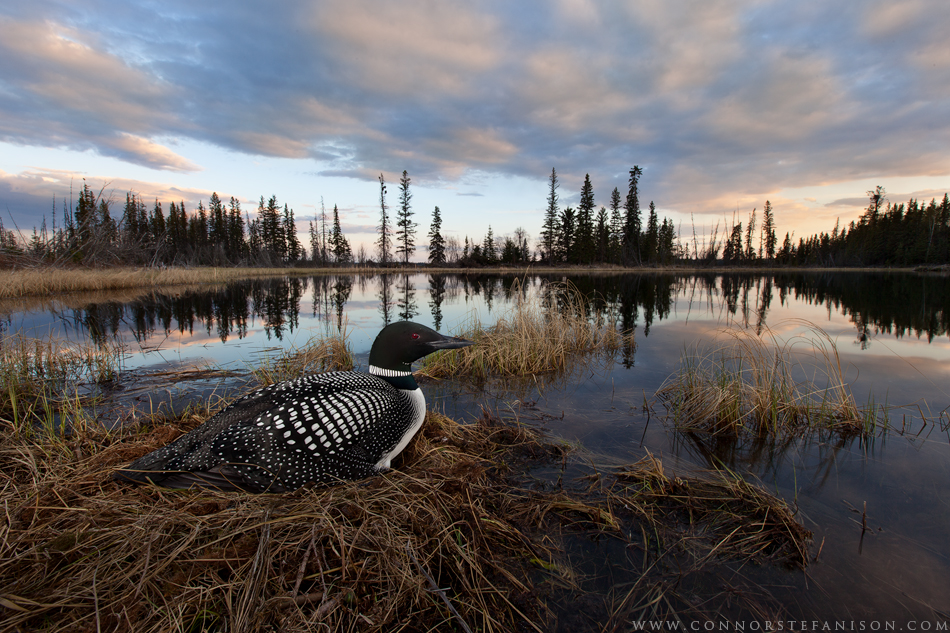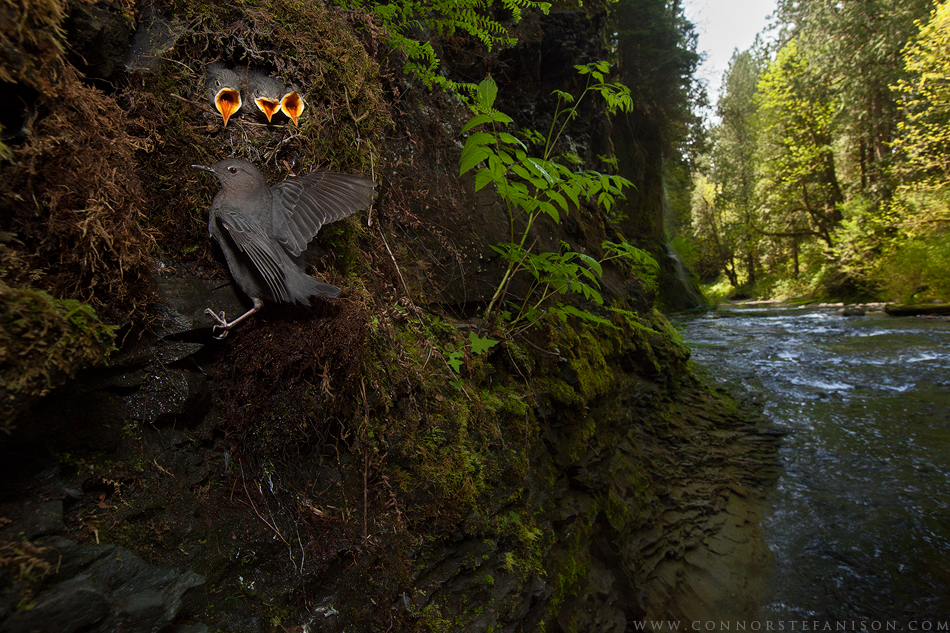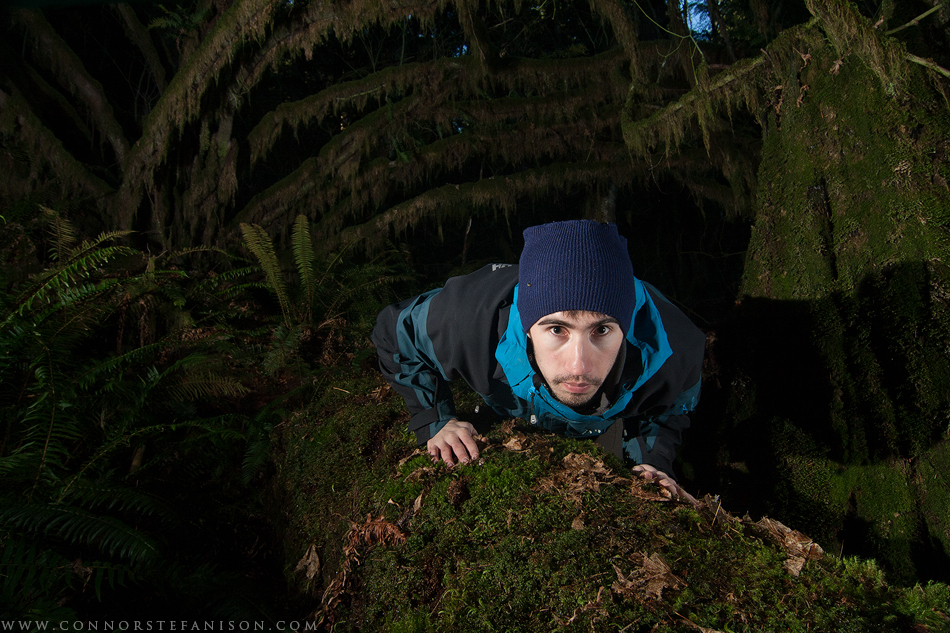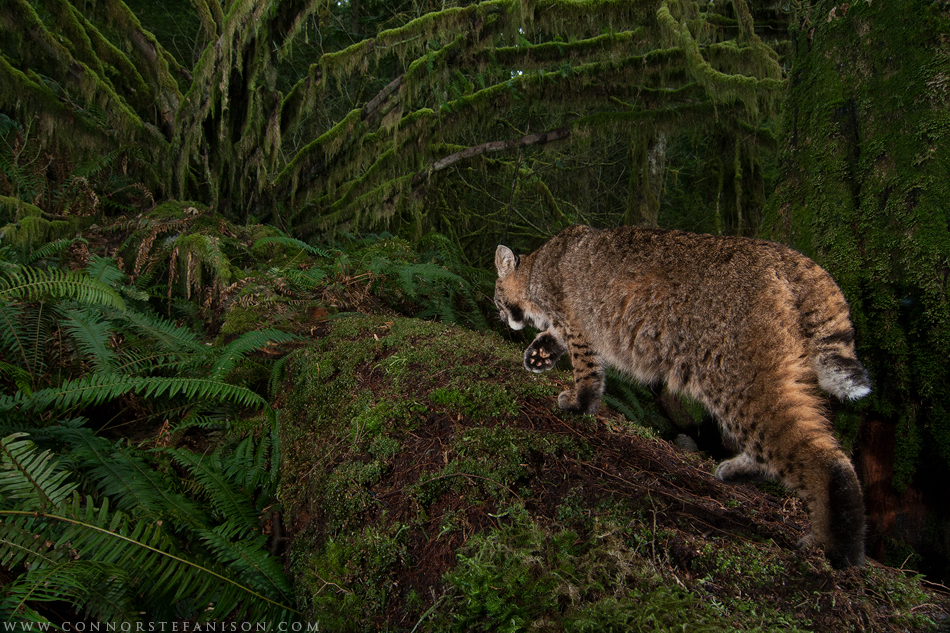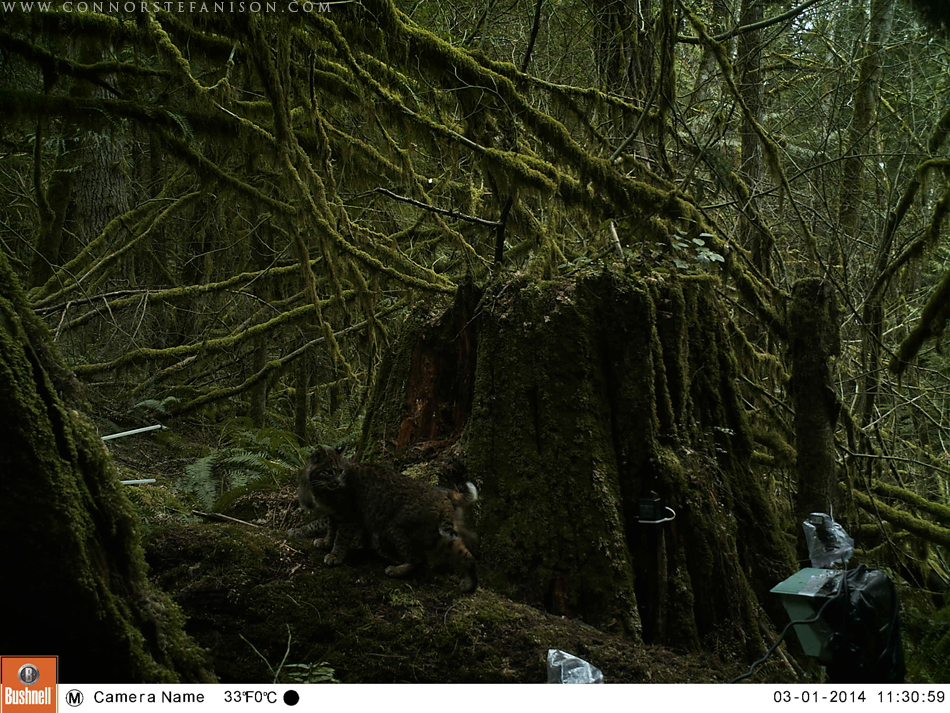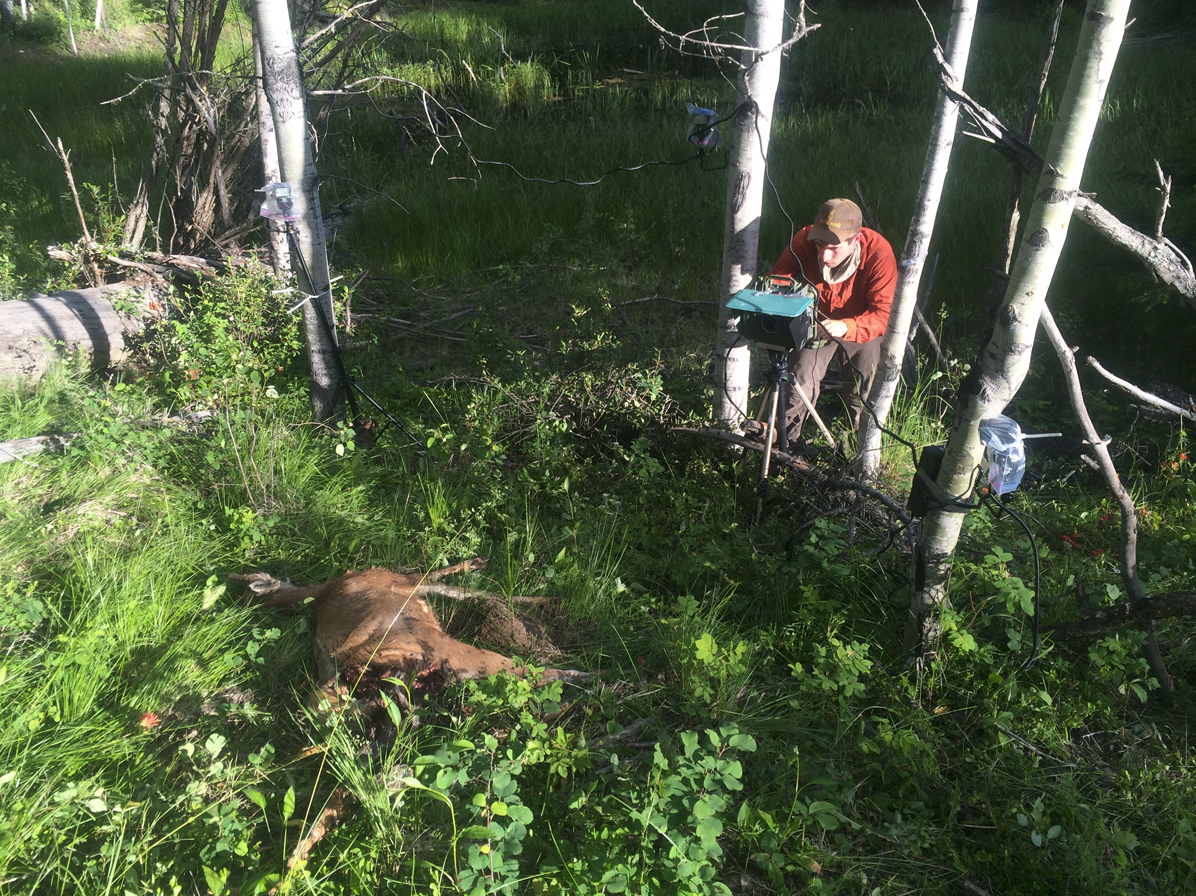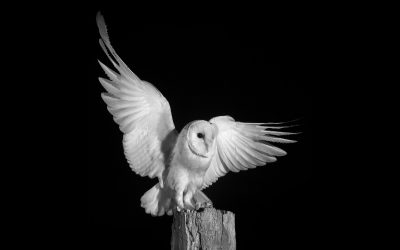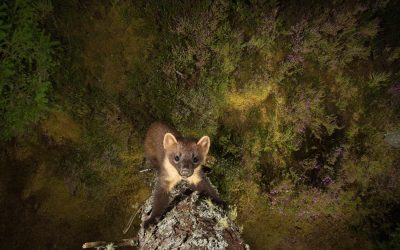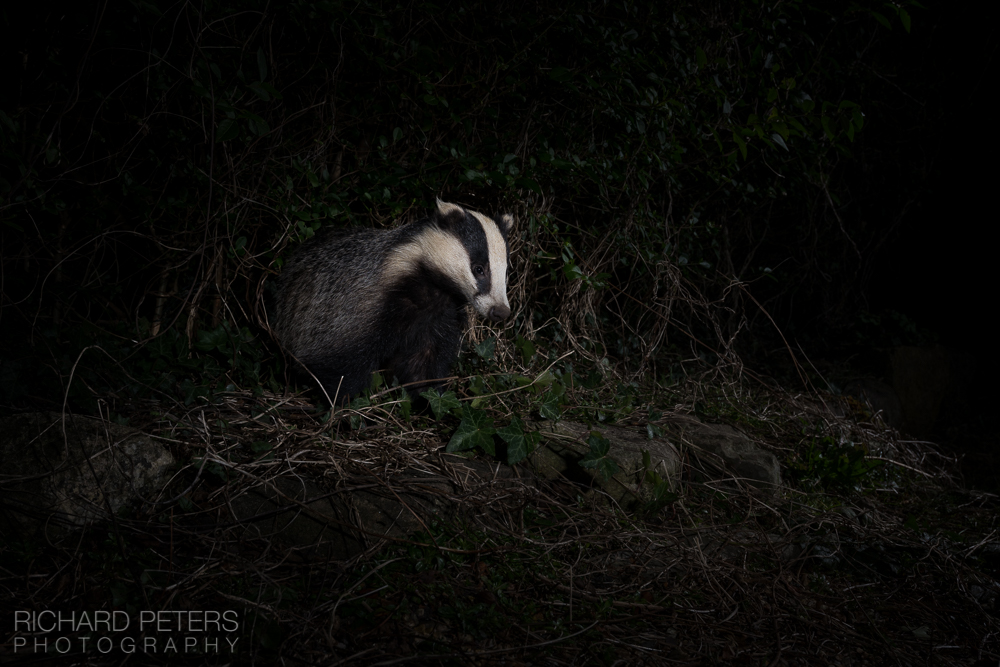CONNOR STEFANISON
Camera trapping in British ColumbiaCamera trapping in British Columbia
Living on the Pacific coast in British Columbia, Canada, Connor has learned about wildlife and wilderness firsthand. His photography draws from knowledge gained throughout his life pursuing outdoor activities such as fishing, hunting, wildlife viewing and, camping. It was mountain biking that first sparked his interest in photography, which he took up in 2008 at the age of 17.
Having such an outdoor oriented background, his focus quickly switched to nature photography. In 2013 Connor was awarded the Eric Hoskins Award in the BBC/Veolia Wildlife Photographer of the Year and was also a speaker at the WildScreen conference (formerly WildPhoto) during the awards week in London. To add to his growing repertoire of skills, Connor has also recently completed a biology degree in ecology and conservation with the hope of becoming a conservation photojournalist.
What inspired you to get involved with camera trap work?
What do you specifically find are the advantages of using these techniques?
Another advantage is that you do not need to be sitting in a hide for weeks, waiting for your target species to come by. This past winter, by using a camera trap, I was capturing images of bobcats while sitting in a lecture hall writing university exams!
What are the disadvantages?
"If I’m shooting a nocturnal species, I’ll set a fast manual exposure. If it’s a diurnal species, I’ll use a manual exposure if I can, by setting up during the brightest time of day, or I’ll just set the camera in aperture mode and see what happens. The risk of using an automatic mode like the aperture mode, is having the animal come by at dawn or dusk and getting a 30 second exposure."
From a technical perspective on location, what are the greatest challenges you have had to overcome?
The equipment used can get quite specialist, ranging from a simple remote system to complex lighting, trip-beams and flashes. How complex do your setups get or do you find keeping it simple is the best approach?
What has been your most successful trap-camera project to date and how long did it take from concept to first successful image?
What’s been your biggest failure, either technically or photographically?
My biggest failure was definitely the time where a bobcat came to the scene a bunch of times during the week, during every type of lighting condition, and I forgot to turn on the camera. I knew that it had visited all those times because my Bushnell trailcam was recording it. I remember changing my memory card right before leaving the camera trap site. I always turn off the camera before changing cards, and this time I just didn’t turn it back on. I now have a checklist on the inside of my housing box that helps me remember everything.
"When I was trying to get the bobcats, I had some issue almost every week. These issues include things like: rain, flashes not firing, poor flash placement, condensation, or the bobcat not showing up when everything was perfect."
There are those that consider it ‘cheating’ to not physically press the shutter yourself or even be there when the photo is taken. What would you say to that?
Where do you see trap and remote photography going in the future?
More Behind the Scenes
Connor Stefanison
Website: connorstefanison.com
To see more of Connor’s beautiful wildlife images, including details of his workshops, please visit connorstefanison.com
Other Interviews
How to Photograph Nocturnal Wildlife in Infrared
What is Infrared (IR) Photography?Light that comes from the sun consists of a very wide spectrum, and when we look at the world around us we are only seeing it in a very narrow part of this spectrum known as ‘visible light’. The sensors inside digital cameras are...
Terry Whittaker – Camera Trapping in the UK
IntroductionSince starting out as a freelance photographer in 2000, Terry has built up a reputation as one of the UK’s foremost wildlife photographers. He has won multiple awards for his work and his images often carry a strong conservation message. Terry’s desire to...
Richard Peters, on a Back Garden Safari
Introduction Richard Peters is a professional wildlife photographer from the UK with a style that often takes a priority of light, over subject. During the last year however, he has begun working with camera traps, concentrating on a location he has a personal...

